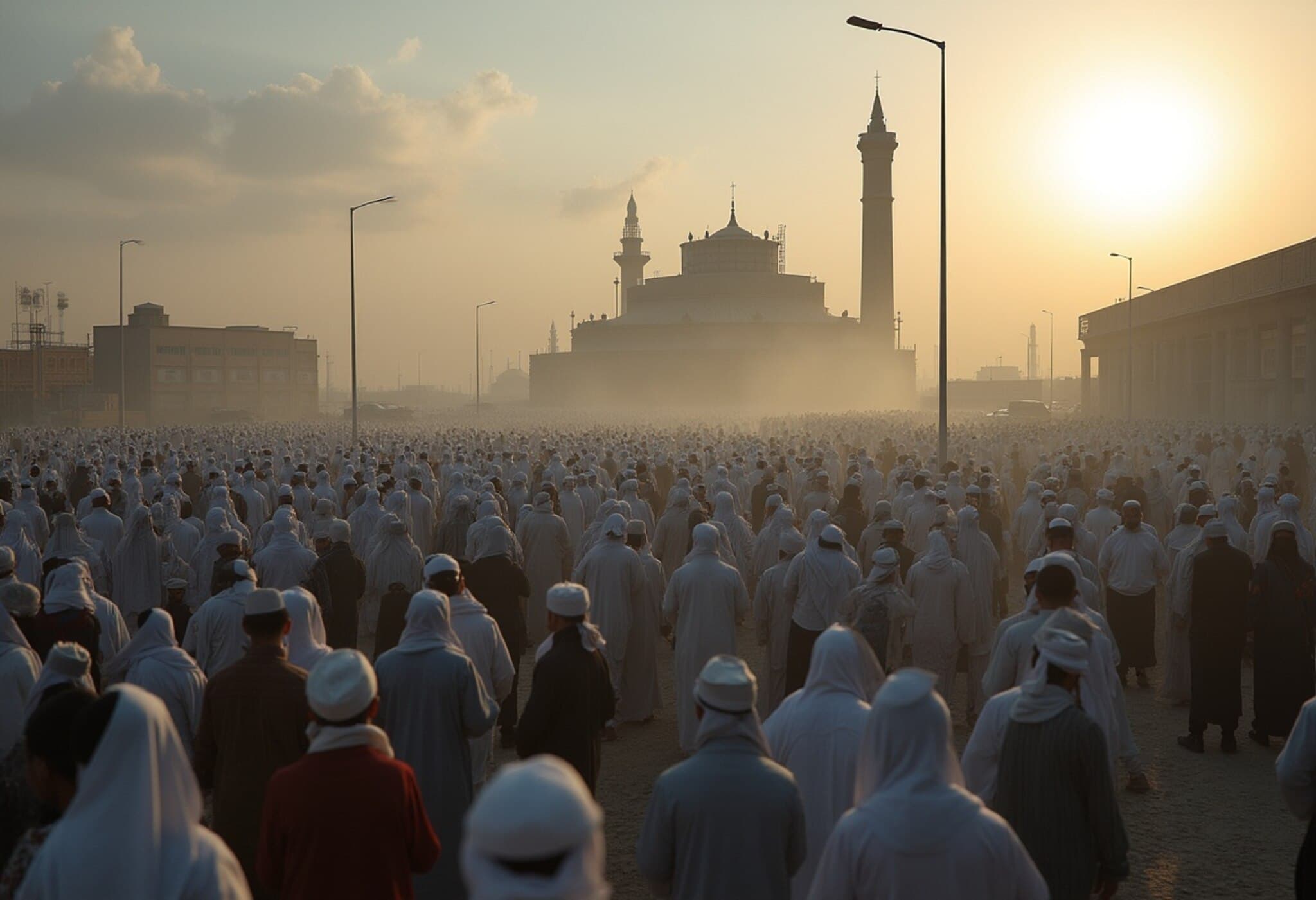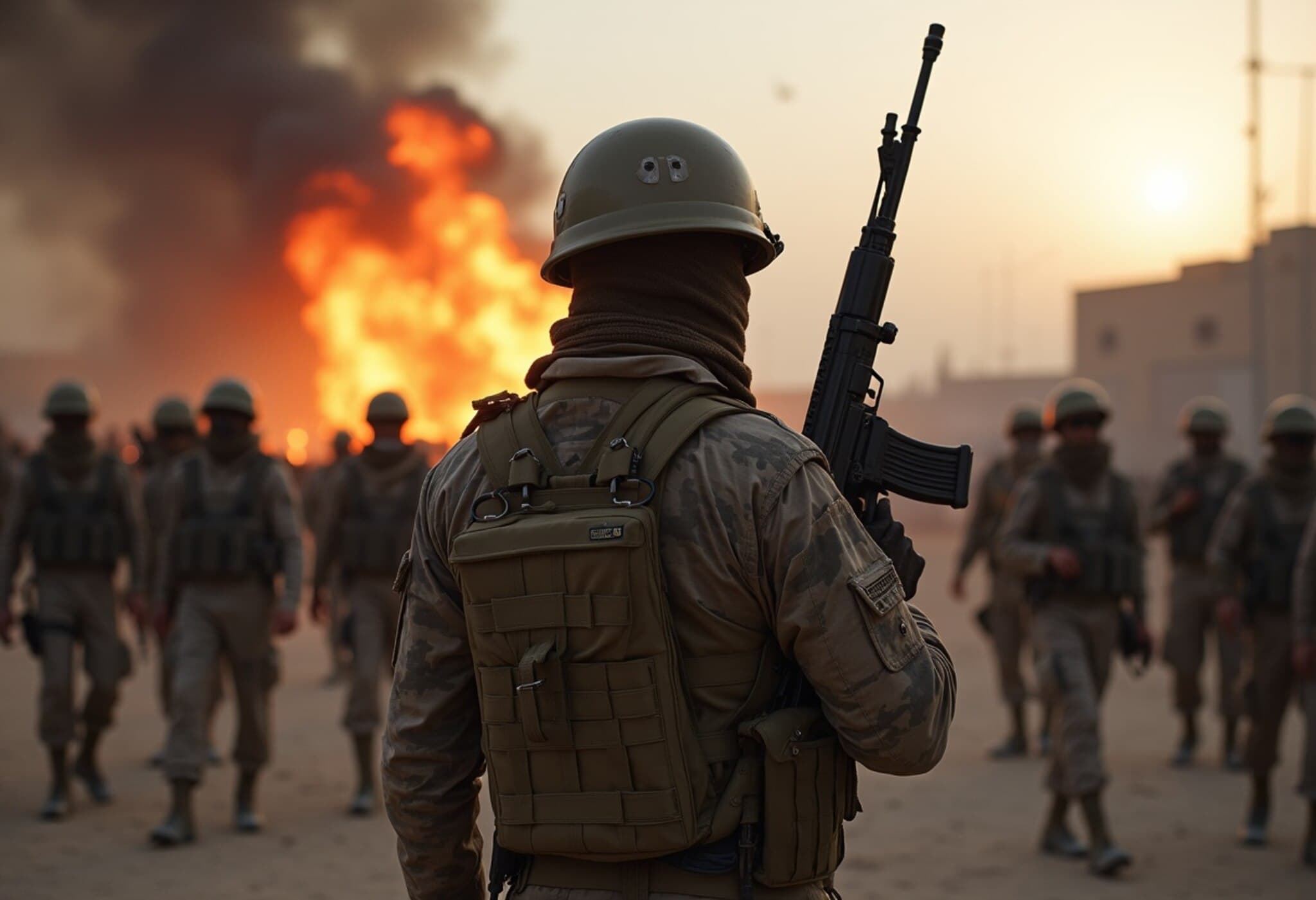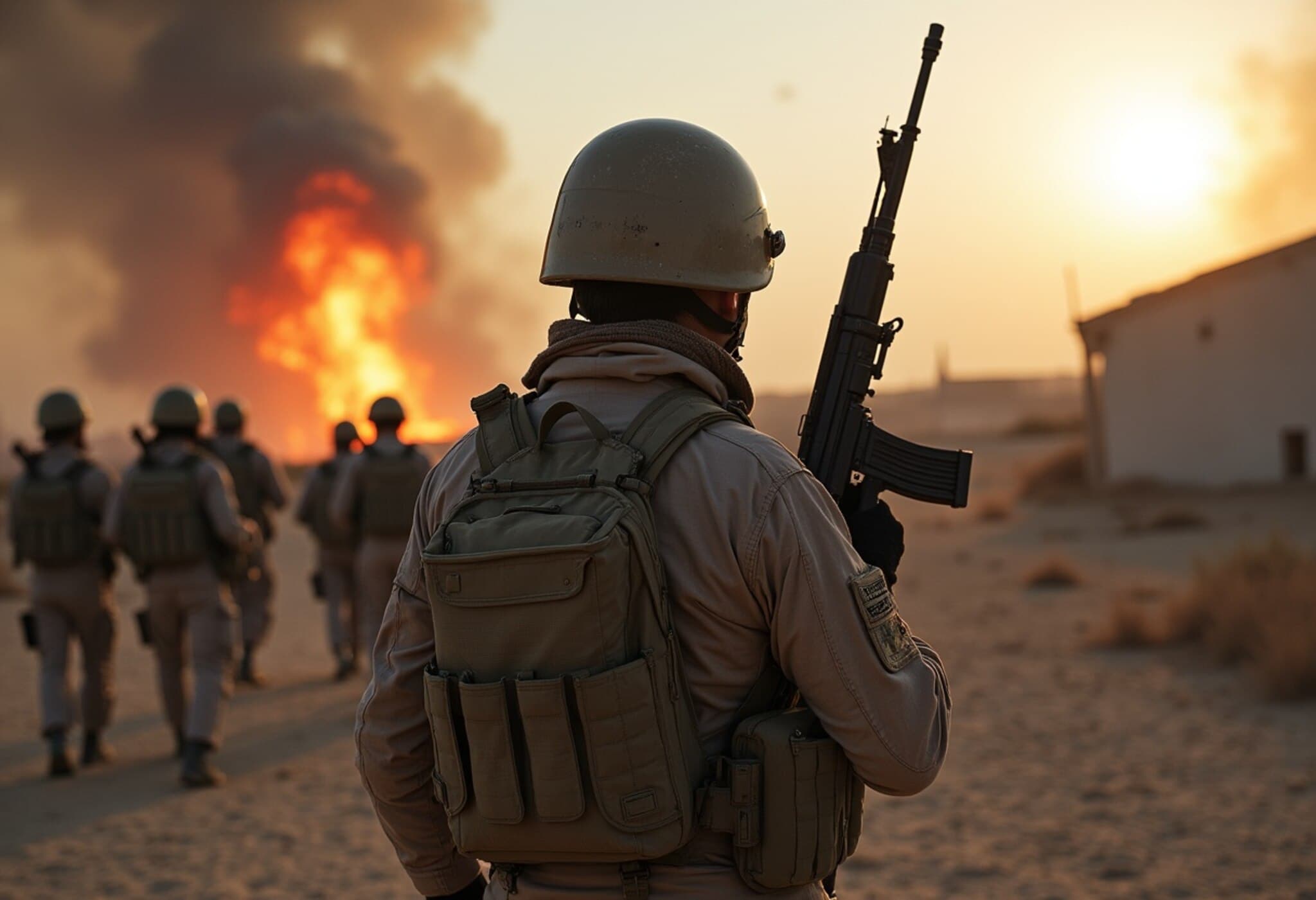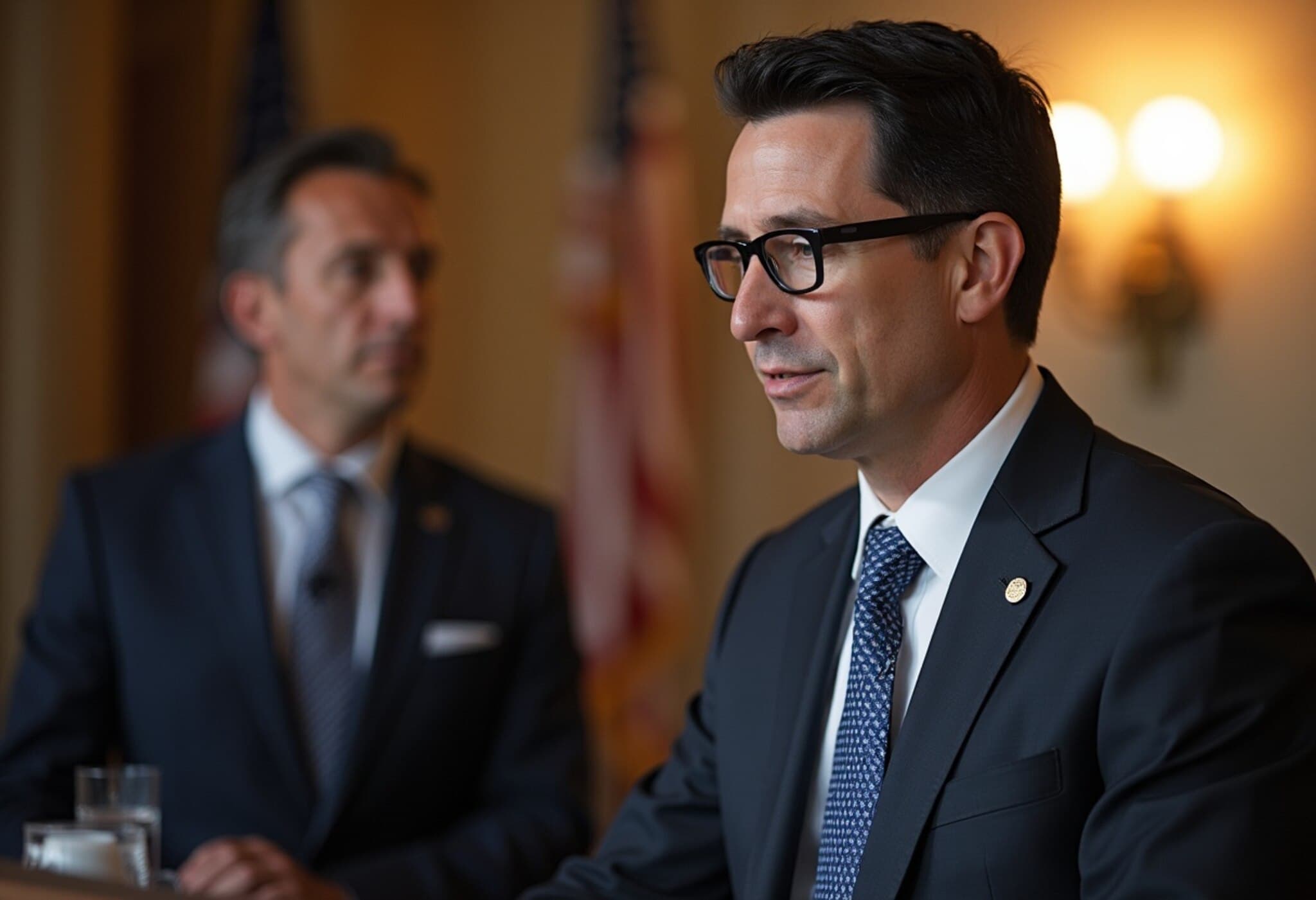Chlorine Gas Leak Near Karbala Hospitalizes Hundreds Amid Religious Pilgrimage
On August 10, 2025, a significant chlorine gas leak from a water treatment facility located on the main highway between Najaf and Karbala — two of Iraq's holiest Shiite cities — led to respiratory distress in more than 600 pilgrims. Fortunately, all affected individuals received prompt medical attention and have since been discharged in stable condition, according to Iraq’s Ministry of Health.
This incident occurred as millions of Shiite devotees prepare to gather in Karbala to commemorate Arbaeen, the solemn 40-day mourning period for Imam Hussein and his brother Abbas. The timing underlines the vulnerability of large public gatherings to industrial accidents, especially involving hazardous chemicals.
Understanding Chlorine Gas and Its Health Impacts
Chlorine gas is a potent irritant and corrosive chemical, historically used in both industrial applications and, tragically, as a chemical weapon. Inhalation of chlorine gas triggers a chemical reaction with water in the respiratory tract, producing hydrochloric and hypochlorous acids that damage delicate tissues.
Short-Term Effects
- Mild exposure: Causes burning eyes, runny nose, sore throat, coughing, and choking sensations.
- Moderate exposure: Leads to chest tightness, wheezing, shortness of breath, and nausea due to airway irritation.
- Severe exposure: Risk of pulmonary edema (fluid buildup in lungs), potentially fatal without rapid medical intervention.
Long-Term Health Risks
While many recover fully from mild exposure, more severe cases can inflict lasting damage. Survivors may develop reactive airway dysfunction syndrome (RADS), chronic bronchitis-like symptoms, or irreversible lung tissue scarring, impacting pulmonary capacity. Vulnerable groups—including children, the elderly, and those with pre-existing lung conditions—face heightened risks.
Contextualizing Iraq’s History with Chlorine Gas
Iraq’s tragic association with chlorine gas extends beyond industrial accidents. During the Iraq War, militants weaponized chlorine tanks in "dirty bomb" style attacks, amplifying casualties amidst conflict zones. From 2004 through 2007, several suicide truck bombings combined explosives with chlorine to spread panic and inflict chemical injuries on civilians and soldiers alike.
Notably, attacks in Fallujah, Ramadi, and Diyala resulted in dozens of deaths and hundreds of injuries, marking some of the deadliest uses of chlorine as a chemical weapon in recent history. These events have left an enduring impact on Iraq’s public health infrastructure and security protocols related to hazardous materials.
Broader Implications and Urgent Questions
This recent leak highlights the ongoing challenges Iraq faces in balancing industrial safety with mass religious events that attract millions. It raises pressing questions about:
- The robustness of safety measures at chemical handling sites near high-traffic pilgrimage routes.
- The capacity of emergency medical systems to manage large-scale chemical exposure incidents.
- Long-term monitoring for affected populations, especially given the potential for delayed respiratory complications.
- Community awareness efforts regarding chemical hazards during religious and public gatherings.
As Iraq moves forward, integrating stricter industrial safety oversight with public health preparedness will be critical to safeguarding its citizens and the many pilgrims who journey to its sacred sites.
Expert Commentary
Dr. Layla Al-Nouri, a pulmonologist specializing in chemical exposures, remarks, "Chlorine gas incidents represent a dual threat: acute respiratory distress and potential chronic lung impairment. Early detection and immediate treatment are vital, but public education and industrial vigilance are our best defenses against such tragedies."
Editor's Note
This chlorine gas leak serves as a sobering reminder of the latent dangers present in the intersection between industrial infrastructure and mass public events. It invites policymakers, healthcare providers, and community leaders to reflect on preparedness strategies, emergency responses, and prevention measures tailored to unique socio-religious contexts like those found in Iraq. For readers worldwide, it underscores the universal importance of vigilance around chemical safety amid complex human landscapes.














